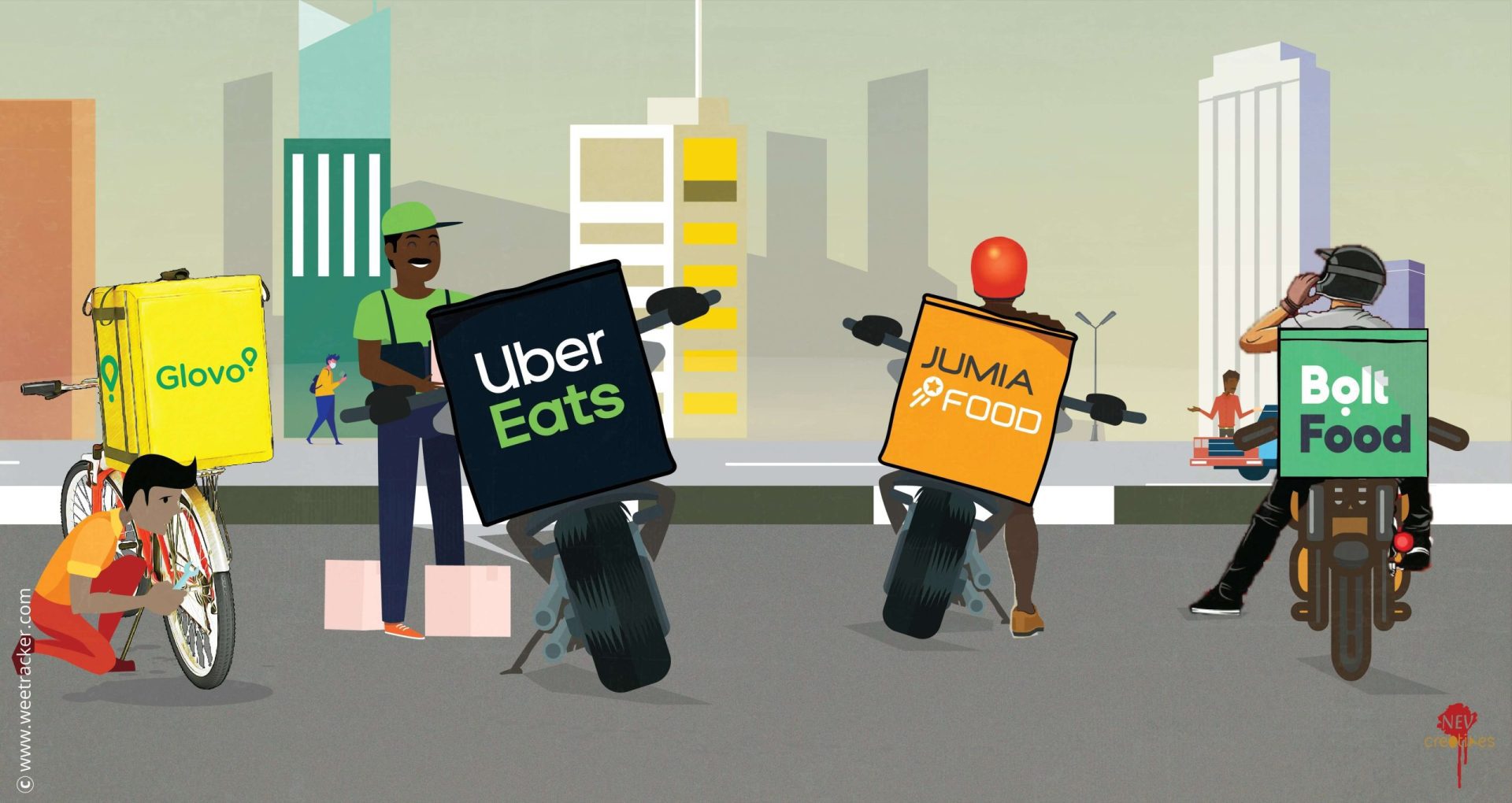On one work-filled Tuesday in September, Gabriel Marega, a 28-year-old self-employed Nairobi-based photographer took the time-honoured concept of ‘staying hungry’ quite literally.
Marega had been hunched over a laptop all day as he worked hard editing a bunch of pictures, pausing only to drink some water or use the toilet. It was almost 4 pm when the hunger pangs became unbearable and he realised he hadn’t eaten all day.
Normally, the fridge, the kitchen, or the ‘outdoors’ should come to mind. But for today’s population of young, working urban-dwellers in Kenya, that’s the cue to whip out a phone. With a few quick clicks on the Jumia Food app, Marega’s meal was on the way.
Once he dug into the pack upon receiving the meal, Marega was mildly humoured by the discovery of the restaurant’s note stashed inside the paper bag. Amid contact numbers, the note read: “Order straight from the kitchen. We deliver!” Apparently, he wasn’t the only one staying hungry.
“For a moment, it felt like Jumia Food delivering their own death note and I found it amusing,” Marega says.
